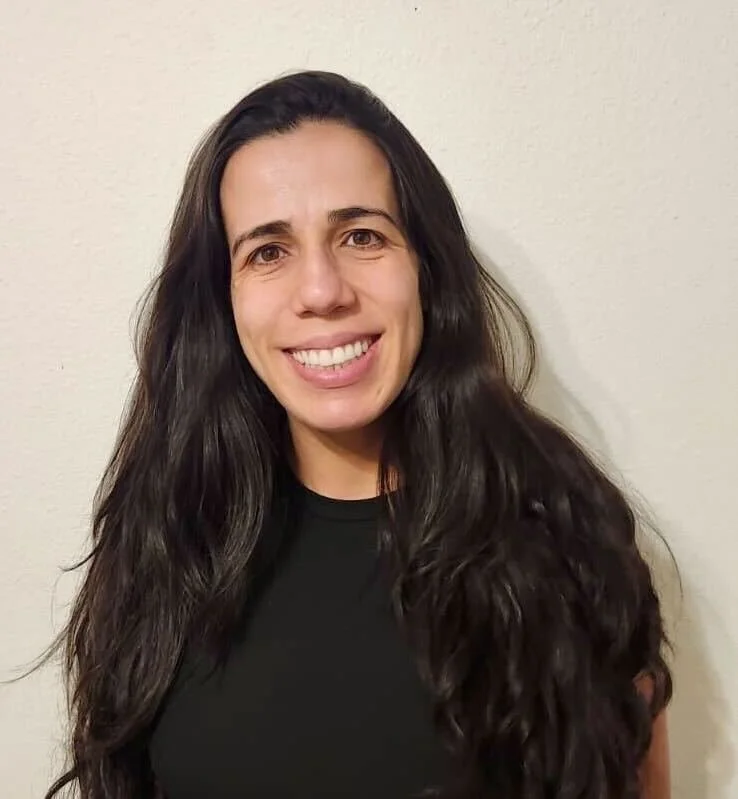![Ian Swinburne, Ph.D.]()
Harvard Medical School
Development and Physiology of the Endolymphatic Duct and Sac in Zebrafish
Abnormalities in our sense of hearing and balance are incapacitating in the extreme, and, when subtle, cause psychological distress. Meniere’s disease is an inner ear disease with unclear causes that is inferred from episodes of vertigo, hearing loss, tinnitus, and the sensation of fullness in the ear that can last two to four hours. An unstable inner ear environment is believed to underlie Meniere’s disease. Recently, Swinburne has developed methods to image the live development and physiology of the portion of the Zebrafish ear conserved in humans and believed to be dysfunctional in Meniere’s disease: the endolymphatic duct and sac. With these methods, Ian hopes to gain basic understanding of how the inner ear’s environment is normally maintained and how a defect can lead to a disease.
Classifying the endolymphatic duct and sac cell types and their gene sets using high-throughput single-cell transcriptomics
To understand how the inner ear endolymphatic duct and sac stabilize the inner ear’s environment and to identify ways to restore or elevate this function to mitigate or cure Ménière's disease. The endolymphatic duct and sac play important roles in stabilizing a fluid composition necessary for sensing sound and balance. The recurrent vertigo in Ménière's is likely caused by a malfunction of the endolymphatic sac, causing volume or pressure changes in the inner ear.
Swinburne recently found that the typical-functioning endolymphatic sac periodically inflates and deflates like a balloon, and that specialized cell structures in the sac appear to transiently open, causing the deflation of the endolymphatic sac. The sac, then, appears to act as a relief valve to maintain a consistent volume and pressure within the inner ear. This project will generate a list of endolymphatic sac cell types and the genes governing their function, which will aid in Ménière's diagnosis (which can be delayed due to the range of fluctuating symptoms) and the development of a targeted drug or gene therapy.















